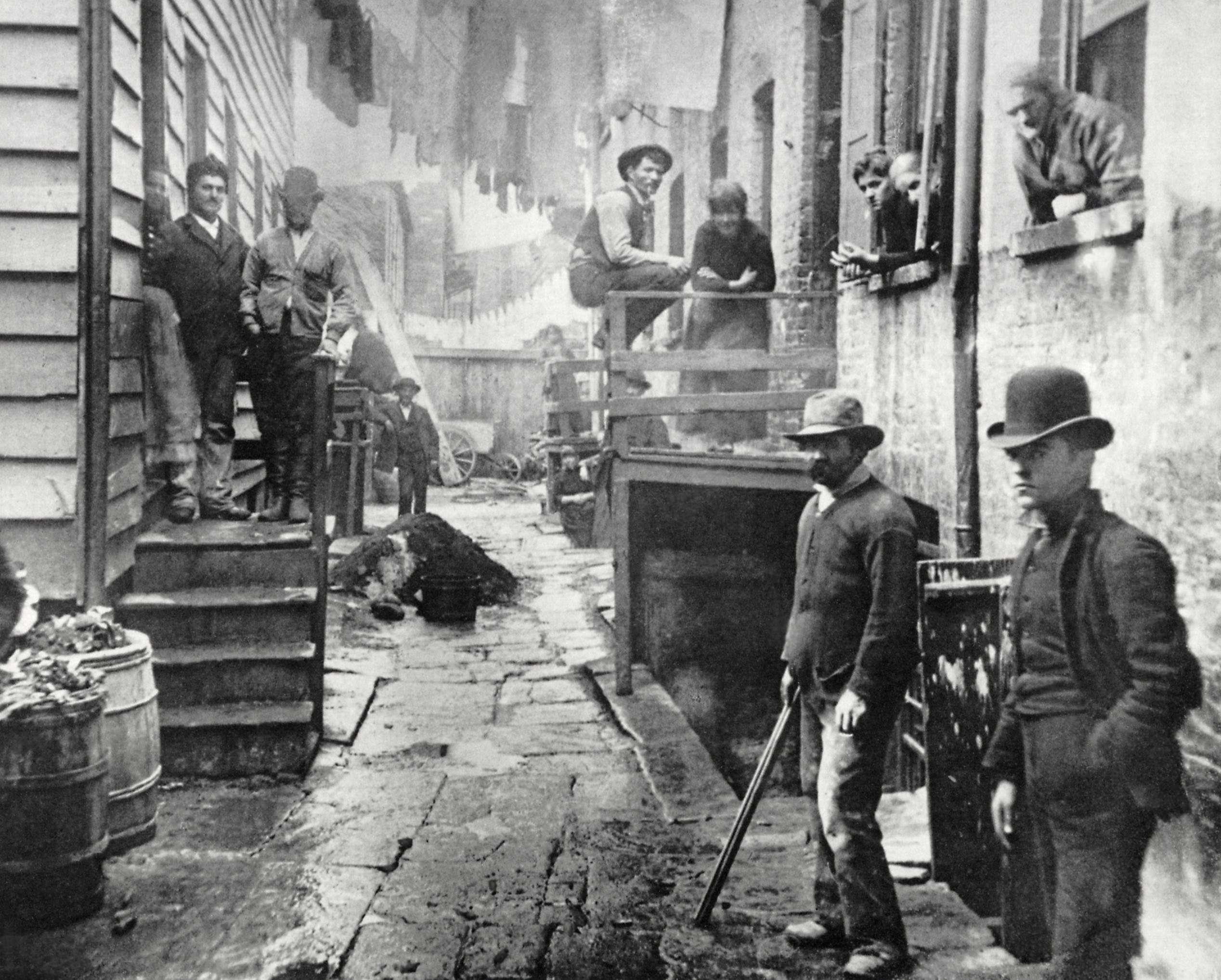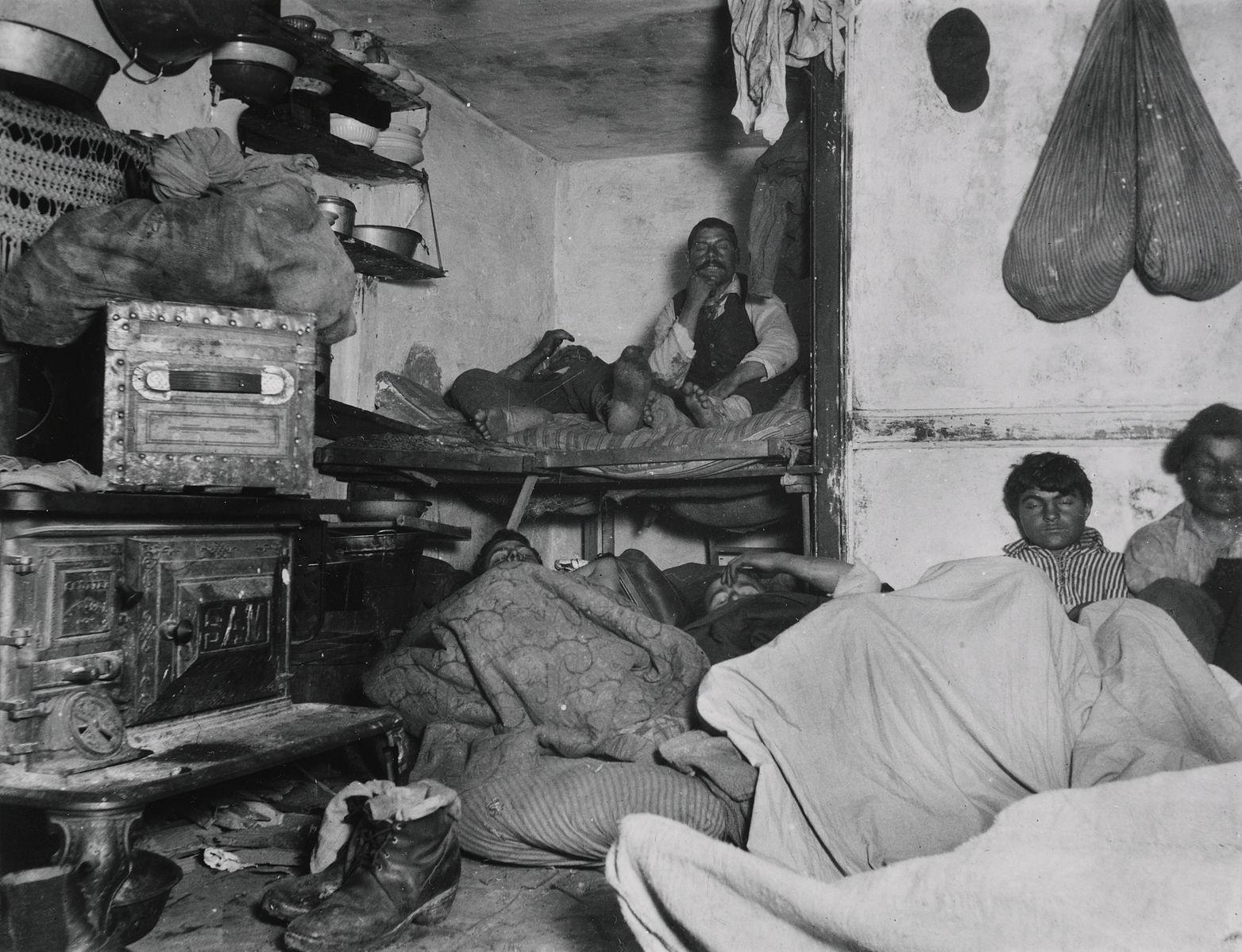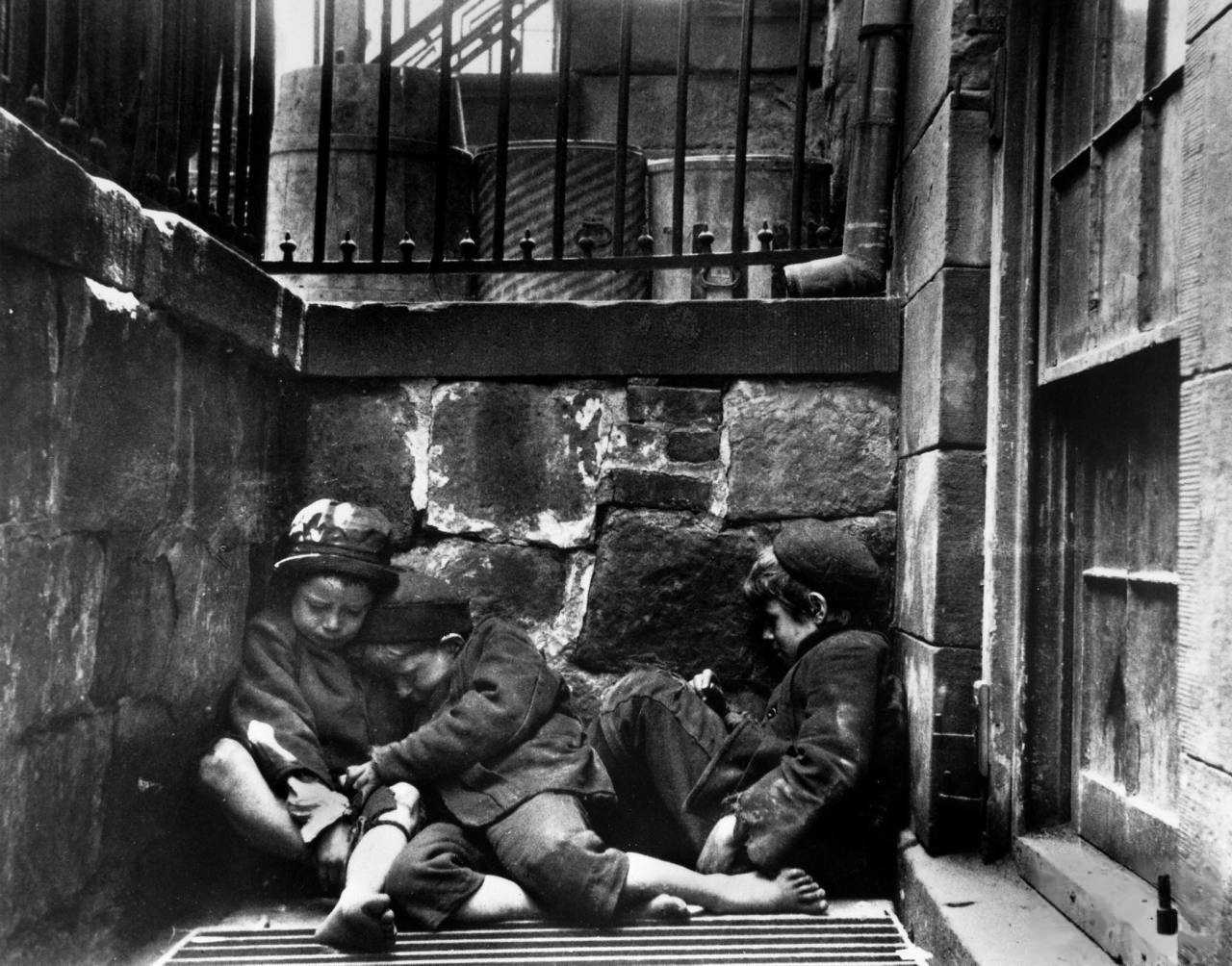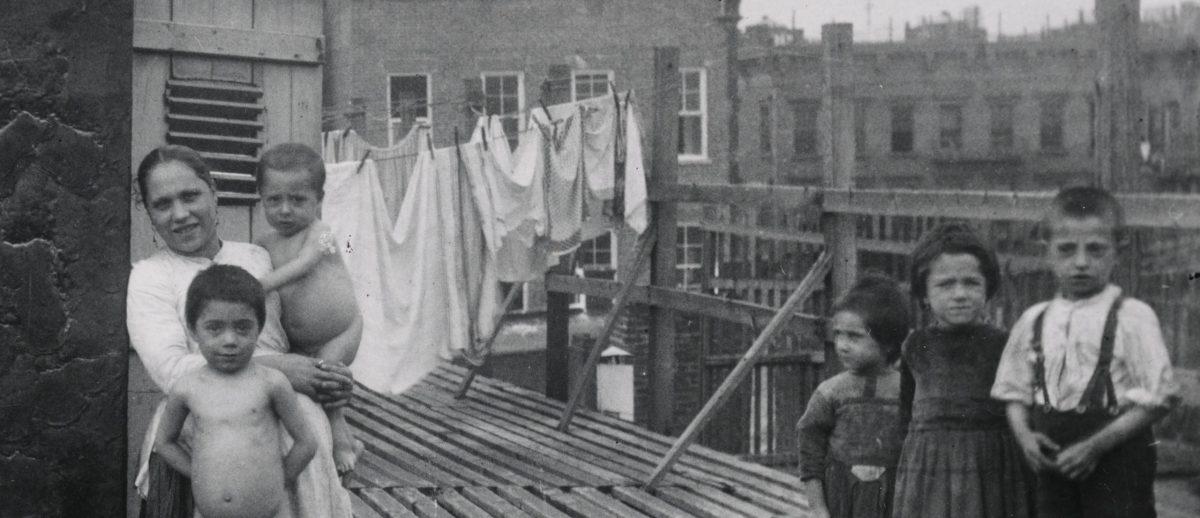While the overall condition of living has improved in America, much of it is due to the dedication and perseverance of many of the immigrants in the nineteenth century and onwards. Protests, petitions, and other forms of dissent against the current standard of living were occurring, but many Americans who did not realize the extent of the destitution, due to their detachment from the lower class immigrants, did not care.
Jacob Riis was an American immigrant from Denmark. He, like many others, found that work was scarce and that the American Dream that many aspired to achieve was a pipe dream. He lived in the slums of New York for a time, went back to Denmark, but ultimately came back to New York as a police reporter.
Riis loved taking photos of various things and passing the time with this newfound passion. His hobby of photography was useful when writing police reports. He eventually used state-of-the-art magnesium flash powder to light up the dark tenements and enlighten New Yorkers on how the other half lives.
Although Riis is well known for his book How the Other Half Lives: Studies among the Tenements of New York, he began with giving presentations in churches throughout 1988, many of which were reviewed in notable papers. Rios then turned to print and wrote an article about the terrible conditions that immigrants faced in Scribner magazine. In 1890, the book was finally published and was a huge success.
How the Other Half Lives: Studies among the Tenements of New York brought the sweatshops and dingy tenements into the line of sight of many New Yorkers. Riis played the heartstrings of the population by showing children working in factory jobs and in dangerous conditions. Riis blamed the rich for neglecting the poor and believed there was a strong correlation between high crime rates, drunkenness, and other unscrupulous traits and the awful homes that many of the poor had. He ends the book with a call to arms for the rich to aid the poor and that it was a moral obligation to do so.

Bandit’s Roost, 1888

Lodgers in a crowded Bayard Street tenement, 1889

Children sleeping in Mulberry Street, 1890
Through photography and writing, Riis convinced a great number of Americans to help their neighbors and view the poor as a group that needs to be helped rather than ostracized. This was followed by the establishment of the Tenement House Committee and the New York Tenement House Act of 1901, which banned the construction of dark, poorly ventilated, low-quality tenement houses.
It is thanks to Jacob Riis and his love and dedication to fellow citizens that such a change in the nation was able to take place. Even today, immigrant writers and photographers are documenting the still poor conditions of many communities around the nation and around the globe. So although Riis has laid the foundation for many great reforms, the world still has a long way to go to make sure everyone has a proper home.



























